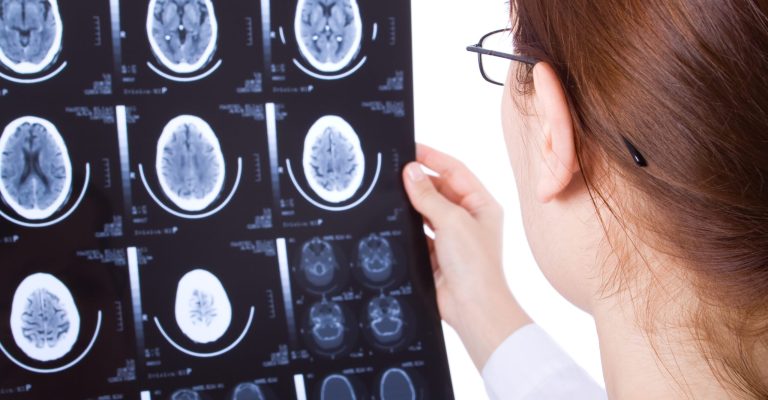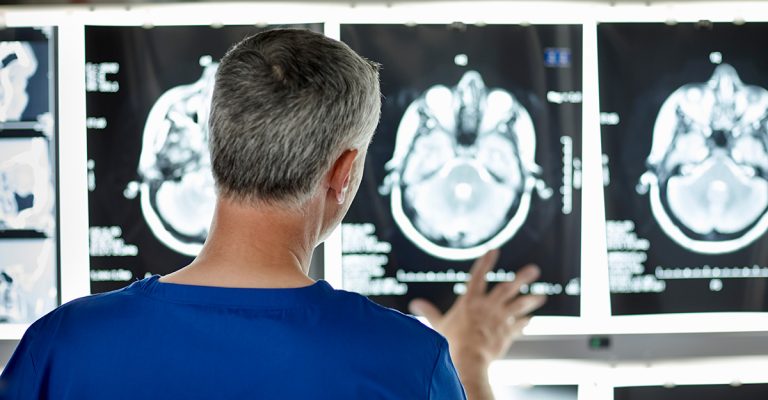
Is traumatic brain injury irreversible? A TBI may alter a person’s cognitive, physical, and emotional abilities significantly. While brain injury cannot be undone, TBI-affected functions may be regained because of the brain’s innate capacity to reorganize itself.
While brain damage after a traumatic brain injury is irreversible because injured brain cells cannot regenerate or repair themselves, functional recovery is possible. This is because healthy brain cells may reorganize and enhance functions impaired by TBI.
Because the consequences of each TBI are distinct, it may be difficult to anticipate whether people will be able to recover completely. The repercussions of a traumatic brain injury may vary from moderate to severe, depending on the level of brain damage.
While many people recover completely from minor traumatic brain injuries, those who suffer from more severe TBIs typically suffer from long-term consequences. This is because minor traumatic brain injuries generate less brain damage. As a consequence, there are more healthy brain cells to compensate for the loss of damaged ones. Furthermore, with a moderate TBI, there are fewer impaired functions to focus on regaining.
The process of reversing brain injury is mostly dependent on encouraging healthy brain areas to make adaptive modifications. When larger parts of the brain are injured, the possibility for neuroadaptive alterations to be induced is reduced.
Although TBI consequences might linger for years, those who have suffered a traumatic brain injury should not give up hope. Because the brain is incredibly adaptable, it is possible to restore considerable function even years after damage. In the part that follows, we’ll go through methods to reduce persistent damage and enhance healing after a TBI.
Over 100 trillion neuronal connections exist in the brain. A traumatic brain injury may disrupt several of these connections, resulting in a variety of physical, emotional, and cognitive repercussions. When these connections are severed, the functions for which they are accountable may be diminished, changed, or altogether lost.
To compensate for TBI damage, people must concentrate on stabilizing the initial injury, encouraging adaptive changes, and minimizing additional difficulties. We’ll go through each of these processes in further detail below.

Seeking emergency medical assistance as soon as feasible is critical to minimize the long-term consequences of traumatic brain injury.
TBI emergency treatment primarily focuses on treating hypotension (low blood pressure), hypothermia (low body temperature), and hypoxia (low oxygen levels in the body’s cells and tissues). These three factors have been shown to contribute to the worsening of TBI.
Stabilizing these three parameters may help limit brain damage and avoid subsequent difficulties.
The capacity of the brain to create adaptive changes by restructuring its neuronal circuitry is referred to as neuroplasticity. This is accomplished by rewiring functions and creating new brain connections in response to experiences, learning, and the environment. The brain may shift functions originally housed in damaged portions of the brain to healthy areas untouched by TBI through neuroplasticity.
As a result, even if you have experienced serious brain injury, you may not have permanently lost a skill. Your brain may learn to compensate for an injury and shift functions to undamaged parts with the correct treatment. Neuroplasticity has huge significance for traumatic brain injury recovery and offers up various therapy options.
Participation in rehabilitative treatments and home programs is often the greatest approach to activating and maximizing neuroplasticity.
Individuals with traumatic brain injuries are more prone to subsequent consequences such as discomfort, loss of desire, and anxiety. It is important to handle these side effects carefully since they might interfere with your recovery objectives.
Because everyone reacts differently to the secondary consequences of TBI, a tailored strategy to care is best for improving rehabilitative results. Working with a team of rehabilitation experts and medical professionals may help you successfully reduce the burden of secondary effects on your daily life.
Most studies indicate that once brain cells are killed or injured, they do not regenerate. However, recovery/reversal of brain injury is possible, particularly in younger individuals, since, in certain situations, other parts of the brain compensate for the destroyed tissue. In other circumstances, the brain reroutes information and functions around the injured parts.
The precise amount of healing is unpredictable at the moment of injury and may not be known for months or even years. Each brain damage and healing rate is unique. Recovery from a major brain injury sometimes entails a lengthy or lifetime course of treatment and rehabilitation.

Engaging neuroplasticity is critical for regaining functions lost due to traumatic brain damage. Neuroplasticity, on the other hand, requires effort on your part to have a more lasting influence on your recovery.
Each function activates a unique network of neural connections in the brain. As a result, in order to perfect any talent, it must be practiced on a regular basis. Stimulating the same set of connections on a regular basis serves to reinforce the demand for that function in the brain. The more you train and put yourself through challenges, the more your brain adjusts.
According to research, the brain is constantly adaptable, even in old age. As a result, it is never too late to encourage healing after a traumatic brain injury. While the brain experiences increased plasticity after a TBI, it never entirely loses neuroplasticity. As a consequence, as long as you continue to excite the brain via repeated, task-specific, and rigorous practice, you may be able to repair brain damage.
While many severe brain injuries cause irreversible damage, the brain can and often does recover itself. To attain the greatest healing results, patients must activate their brain’s neuroplasticity.
It is critical to concentrate on maximizing the patient’s skills at home and in the community. Positive reinforcement promotes independence and self-esteem, which aids healing.
The objective of brain injury rehabilitation is to assist the patient in resuming the best degree of function and independence feasible, as well as to reverse brain damage, all while enhancing the overall quality of life—physically, emotionally, and socially.
We hope this text has helped you understand how to reduce harm and promote reverse brain damage after an accident.